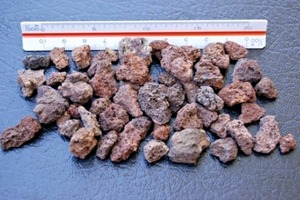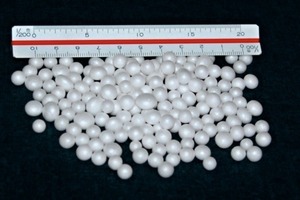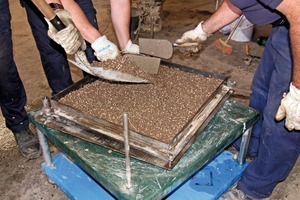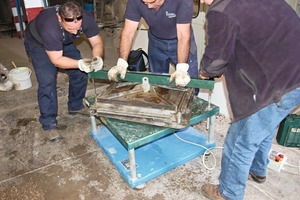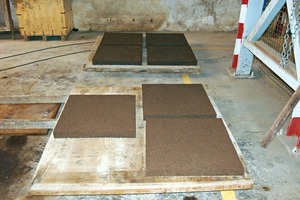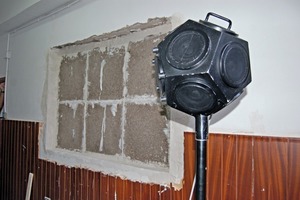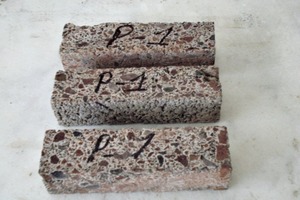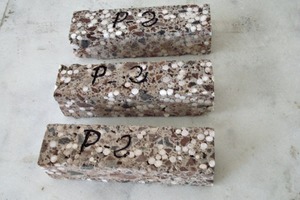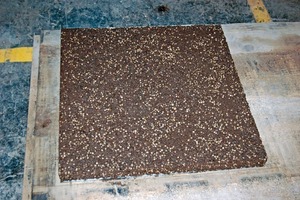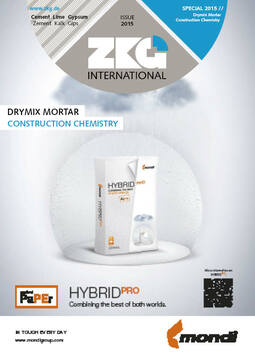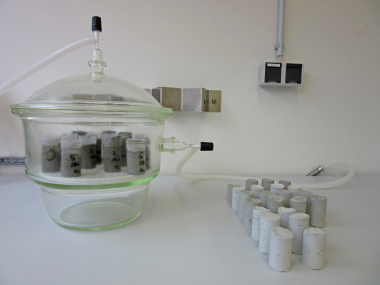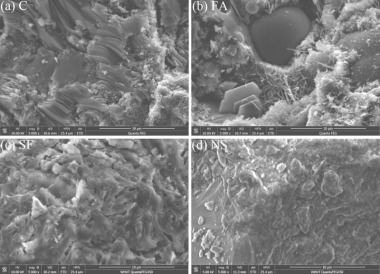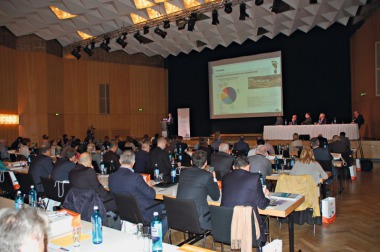Lapilli cement mortar lightened with treated expanded polystyrene beads
In the Canary Islands, due to their volcanic origin, there is a lack of suitable clay to manufacture typical Spanish construction materials. Therefore, similar building construction materials are made using lightweight concrete with volcanic rocks (lapilli) instead of clay. Since the Spanish Technical Building Code (CTE) regulation entered into force the interior partitions and walls built using lapilli concrete blocks do not meet the minimum requirements. Therefore, the aim of this research is to improve the thermal and acoustic behavior of this concrete (from the Canary Island) by adding previously treated expanded polystyrene beads (EPSt).
1 Introduction
The Canary Islands present a special lithology – different from the rest of the Spanish mainland – as it is mainly characterized by volcanic materials and structures, forming a landscape dominated mostly by lavas of different nature and pyroclastic deposits, with a wide range of different compositions [1]. One of these pyroclastic deposits is the “lapilli”. This rock is caused by volcanic eruptions and consists of fragments ranging in size from 2 to 64 mm generally with irregular shape, vitreous and porous. It has a basaltic composition and it is characterized by its black color...

